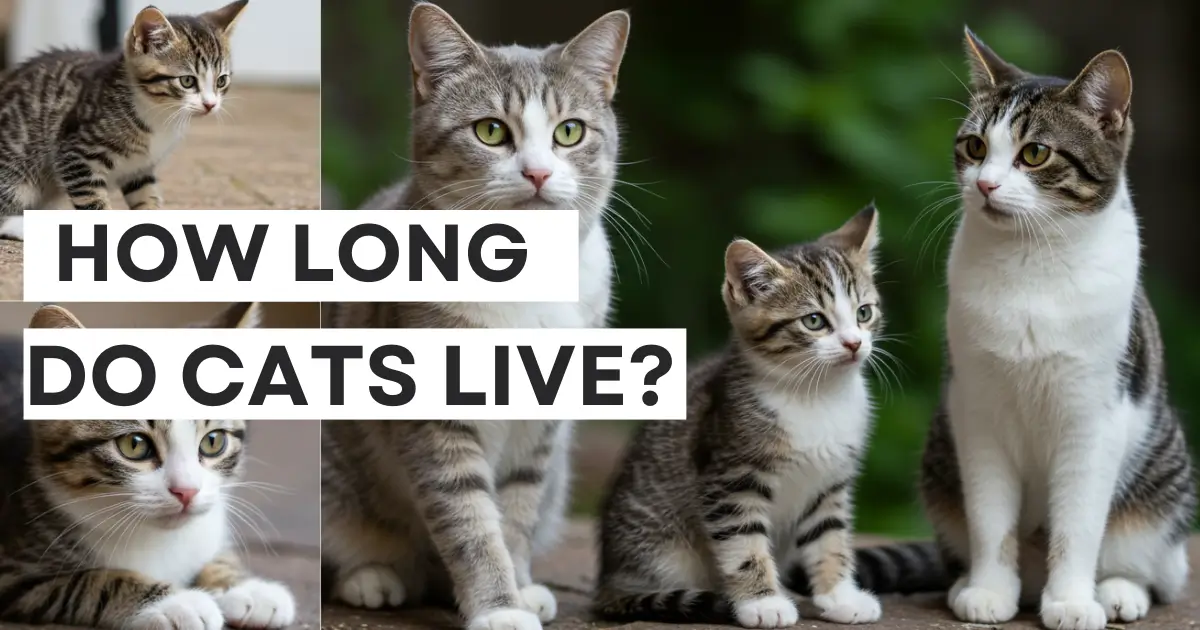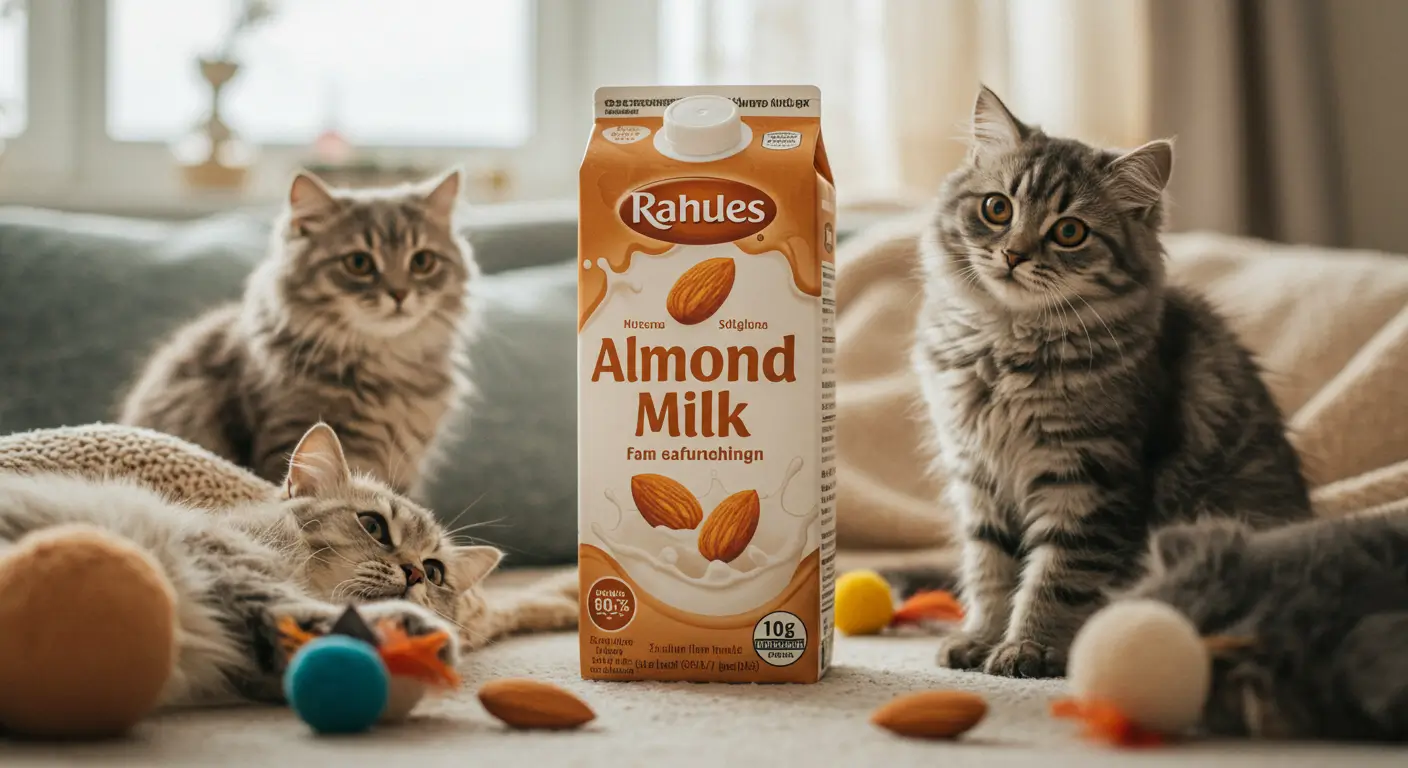How Catnip Works: Unlocking the Secret Science of Your Cat’s Euphoric High

Have you ever witnessed your cat lose themselves in sheer delight after encountering catnip? Perhaps they’ve rolled, purred, or leaped with joy, transforming into a playful ball of energy. This seemingly magical reaction raises a common question: What does catnip do to cats, and why does it captivate them so completely? The answer lies in the fascinating science behind this herb and its impact on your feline companion. Let’s dive into the details to uncover the mystery.
What Is Catnip? A Natural Wonder for Cats
The Basics of Catnip
Catnip, or Nepeta cataria, is a member of the mint family. This unassuming green plant, often found in gardens or growing wild in sunny fields, has been cherished for centuries for its unique properties. Beyond its charm for cats, catnip has also been used in herbal remedies for humans, particularly for its calming effects when brewed as tea. However, its true claim to fame is the euphoria it induces in felines.
Key Component: Nepetalactone
At the heart of catnip’s allure is a compound called nepetalactone, found in its leaves and stems. When a cat interacts with catnip, nepetalactone is released and binds to receptors in their nose, setting off a cascade of sensory signals. This triggers a variety of behaviors, including rolling, head-rubbing, and even energetic play. Scientific studies have shown that this reaction mimics feline pheromones, explaining the profound and immediate effect it has on your pet.
How Does Catnip Affect Cats?
The Reaction: Why Cats Love It
When your cat sniffs or consumes catnip, their sensory neurons light up like fireworks. The nepetalactone activates certain areas of the brain, such as the amygdala and hypothalamus, which are linked to emotions and behaviors. The result? A temporary state of euphoria or heightened playfulness that can last anywhere from 5 to 15 minutes. Common reactions include:
- Rolling on the ground
- Pawing at the source of the catnip
- Vocalizing, such as purring or meowing
- Playfully batting or chasing objects
Variability in Response

Interestingly, not all cats are affected by catnip. About 50-75% of felines exhibit a reaction, with genetics playing a significant role. Sensitivity to catnip is inherited, and kittens under three months or senior cats are less likely to respond. Additionally, some cats may exhibit calming behaviors rather than energetic ones, showcasing the diverse ways this herb can influence them.
Is Catnip Safe for Cats?
Myths vs. Facts
One of the most persistent myths about catnip is that it’s addictive or harmful. Rest assured, catnip is entirely safe for your furry friend. It’s non-toxic and poses no risk of dependency. The effects wear off quickly, leaving no lingering impact on their health or behavior.
Guidelines for Safe Use
While catnip is safe, moderation is key. Overexposure can lead to desensitization, reducing its effectiveness over time. To ensure your cat continues to enjoy it:
- Offer catnip once or twice a week.
- Provide small amounts to prevent overstimulation.
- Monitor for any signs of digestive upset, especially if they ingest large quantities.
Fun Ways to Use Catnip with Your Cat
Catnip Toys and DIY Ideas
Catnip-infused toys are a popular way to treat your pet. From stuffed mice to plush balls, these toys keep your cat entertained for hours. For a creative touch, consider making your own. Fill a small fabric pouch with dried catnip, sew it shut, and watch your cat’s excitement unfold.
Catnip Spray vs. Fresh Leaves
Catnip spray offers a convenient way to refresh old toys or entice your cat to new ones. Fresh catnip leaves, on the other hand, can be used directly or added to your cat’s play area. Each option has its perks, so experiment to find what your feline prefers.
The Science of Catnip and Cats’ Evolutionary History
Evolutionary Explanation
Why do cats respond so intensely to catnip? Some researchers believe the reaction serves an evolutionary purpose. By mimicking feline pheromones, catnip may help reduce stress or encourage playful behaviors, which are beneficial for mental stimulation and bonding.
Scientific Studies
Numerous studies have explored catnip’s effects. For example, research published in the journal Science highlights the role of nepetalactone in activating a cat’s vomeronasal organ, which detects pheromones. This scientific backing reinforces why catnip remains a beloved treat for cats worldwide.

Frequently Asked Questions (FAQ)
Common Questions about Catnip
Q: What does catnip do to cats? Catnip triggers sensory neurons in a cat’s nose, leading to playful or euphoric behaviors.
Q: Is catnip safe for kittens? While safe, most kittens under three months don’t respond to catnip. It’s more effective as they grow older.
Q: Can catnip affect humans? While it doesn’t cause euphoria in humans, catnip tea is known for its calming properties.
Conclusion
Catnip offers an exciting and enriching experience for your cat, bringing moments of joy and connection into your daily routine. By understanding the science behind it, you can ensure your feline friend enjoys all the benefits this remarkable herb has to offer.










